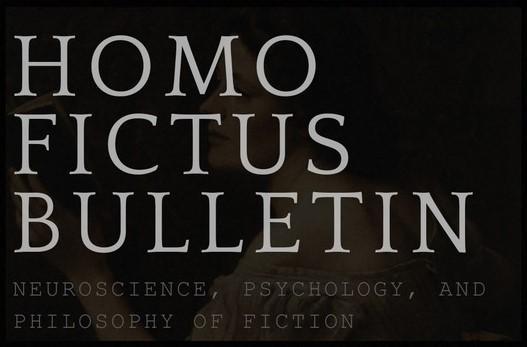The real physical world has limitations that restrict us from fully experiencing it. Fictional worlds do not have these limitations. For example, it is costly to meet people from different cultures face-to-face, and it is impossible to travel through time to converse with people who lived centuries ago. Direct contact might be difficult in the real world. However, reading fiction can enrich our experiences through indirect contact. By reading fiction, people can indirectly meet individuals from other cultures. In fiction, the hero “acts as a fictional friend and role model for the reader” (p. 83). This “positive vicarious experience” can help readers change their social and cognitive perspectives as well as their attitudes.
Empirical studies have questioned whether reading fictional stories can help change readers’ attitudes toward minorities. For example, in a recent study, Oľhová and colleagues (2023) examined whether reading fantasy stories improved the attitudes of Slovakian elementary students toward minorities (i.e., wheelchair users, the Hungarian minority, Black people, Muslims, the Roma, homosexuals, and refugees). They studied whether reading alone or reading with relevant activities (i.e., group discussion) could change attitudes.
To investigate this question, they conducted a pretest-posttest study where participants’ attitudes were measured before and after reading the stimuli to observe differences.
Study overview
Findings
For detailed information, please refer to the original article.
Oľhová, S., Lášticová, B., Kundrát, J. et al. Using fiction to improve intergroup attitudes: Testing indirect contact interventions in a school context. Soc Psychol Educ 26, 81–105 (2023). https://doi.org/10.1007/s11218-022-09708-4
Oľhová, S., Lášticová, B., Kundrát, J. et al. Using fiction to improve intergroup attitudes: Testing indirect contact interventions in a school context. Soc Psychol Educ 26, 81–105 (2023). https://doi.org/10.1007/s11218-022-09708-4
Picture Credit.




